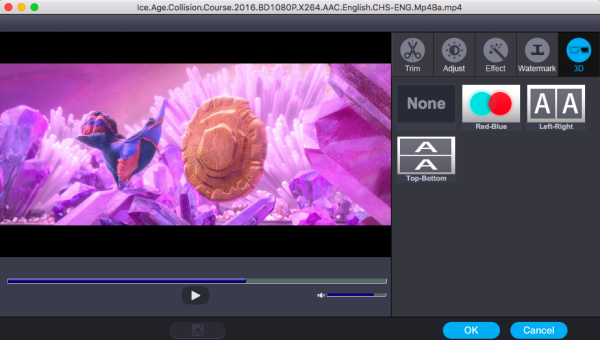


You can explore these models in VR with an HTC Vive (reviewed here) or Oculus Rift (reviewed here) or even just Google Cardboard using a browser that supports WebVR, such as Firefox Nightly.įirst, here is a 2.5km long street in a city (only a few regions are textured due to texture storage limitation). These two models were generated from videos taken by a 360 camera rig consisting of four helmet-mounted Gopro Hero 3 cameras recording video at 100 fps with frame-accurate synchronization. Here are two 3D models that you can explore in Sketchfab. It’s exciting to imagine the many potential commercial and industrial applications of this technology, such as for real estate, mapping, or documenting a construction site. The goal of this technology is not accuracy for metrology applications but to approximate a complex scene for visualization using consumer cameras. There are several limitations to this technology: the scene must be static, there must be sufficient texture and light in the scene, the camera motion must be slow enough, and the walking or biking must be slow. Remarkably, the 360 video was converted into a 3D model using only a laptop. In addition, backlit portions of the videos have less visible detail after image compression, making 3D reconstruction even more difficult.
#3d sbs software professional
The following video shows walkthroughs in a 3D model of a forest reconstructed from videos taken by a Virb 360:Ĭompared to conventional photogrammetry, this method poses several additional technical hurdles: not only are there large scenes, but with compressed videos, the image quality is lower than those of still images or professional cameras.
#3d sbs software software
Using only that video, their software has been able to generate a 3D model of a space as complex as a forest. How it worksįor this demo, Maxime Lhuillier attached a Garmin Virb 360 onto a helmet and walked about a space while recording a 360 video. Improve design accuracy, analyze, and optimize network designs for greater performance and reliability, and deliver more. However, Institut Pascal has developed software that can convert a 360 video taken by a consumer 360 camera into a 3D model. Automated Utility Design (AUD) combines design and documentation with rules-driven workflows and analysis for utility, telecommunications, and electrical distribution designall based on the power of AutoCAD®. This is a laborious process, and is especially time-consuming and resource-intensive for large scenes. Nowadays, it is possible to create a 3D model of a space by taking hundreds of photographs of a space and using computers to analyze those photos through photogrammetry and computer vision methods. What if you could create a 3D model of a space, simply by walking around and recording a 360 video of it with an off-the-shelf consumer 360 camera? Maxime Lhuillier from CNRS/Institut Pascal/UCA demonstrated just such a technology, and now you can check out the amazing demo video and explore two 3D models! This version provides additional functionality to not only generate side-by-side images from VR180 images ( as Timo's version does ), but also facilitates splitting the VR180 images to left and right images, for individual editing and allows the individual left and right images to be merged to a single 3D Side-by-Side image.Institut Pascal’s software converts 360 video into 3D model I got the idea from the original "BatchConverterVRtoSBS" written by Timo Fleisch. This software "VR180 to 3D SBS" converter is an attempt to convert VR180 pictures to 3D SBS images. On the other hand most player's such as Pisagus VRĪre fully capable of rendering standard 3D content which typically contain the image taken with left camera and right camera side-by-side. By default, a VR180 picture being (more or less) proprietary to Google platform is not visible in Oculus Go. Oculus Go is an other popular consumer friendly VR device released in 2018, that most people use to consume VR and 3D content. However using software such as Daydream or Google photo's such VR180 photos can be viewed in true 3D. VR180 provides a unique encoding of 3D image, where the left and right eye are merged as one image, which makes it possible to view the otherwise 3D image as a simple 2D image. Mirage Camera produces 3D images in a format called as "VR Jpeg - pictures – (dual) equi-rectangular" which is a new format that is referred as VR180 released by Google. With the release of Lenovo Mirage Camera, 3D imagery has became more consumer friendly than ever before.


 0 kommentar(er)
0 kommentar(er)
